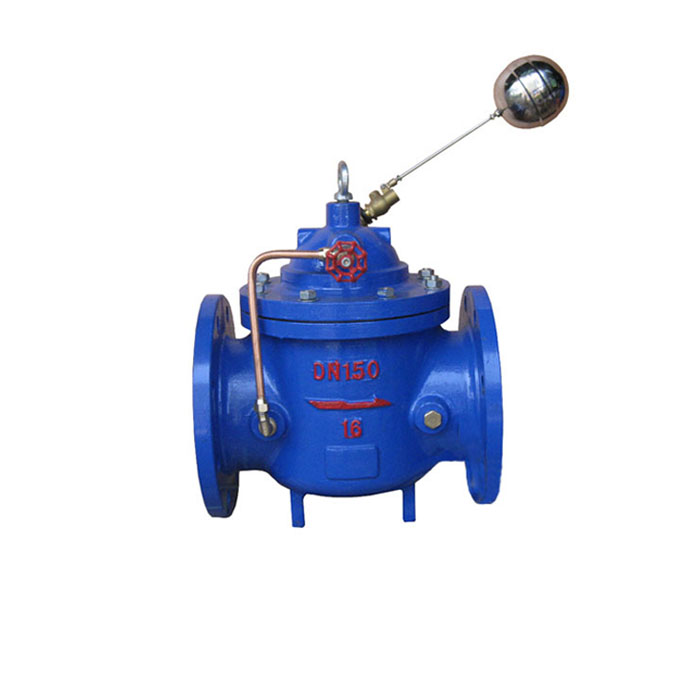Guide to Installing a Pressure Reducing Valve for Optimal Performance and Safety
Installing a Pressure Reducing Valve A Comprehensive Guide
A pressure reducing valve (PRV) is an essential component in a variety of plumbing systems, used to lower the incoming water pressure to a manageable level. This not only protects plumbing fixtures and appliances from damage caused by high pressure but also enhances overall system efficiency. Installing a PRV might seem daunting, but with the right guidance and tools, it can be a straightforward process. In this article, we will explore the steps involved in installing a pressure reducing valve, key considerations, and maintenance tips to ensure smooth operation.
Understanding the Importance of a Pressure Reducing Valve
Before diving into the installation process, it is crucial to understand why a PRV is necessary. Excessive water pressure can lead to several issues, including
1. Damage to Plumbing Fixtures High pressure can cause faucets, pipes, and fixtures to wear out prematurely or, in worst-case scenarios, burst. 2. Increased Water Bills A leaky fixture caused by high pressure can waste significant amounts of water, leading to inflated bills. 3. Inefficiency in Appliances Appliances such as washing machines and dishwashers may operate less efficiently under high pressure, not to mention the potential for damage.
Tools and Materials Needed
Before starting the installation, gather the following tools and materials
- Pressure reducing valve - Pipe wrench - Teflon tape - Adjustable wrench - Pipe cutter (if necessary) - Safety goggles - Bucket or towel (to catch any residual water)
Step-by-Step Installation Process
Step 1 Turn Off the Water Supply
Ensure that the water supply to your home or the specific area is turned off. Locate the main shut-off valve, which is usually found near the water meter or where the main water line enters the house. After shutting it off, open a faucet to relieve any pressure in the system.
Step 2 Locate the Installation Area
Find a suitable location for the PRV. It should be installed on the main supply line, ideally adjacent to the shut-off valve. This placement allows the valve to regulate pressure effectively across the system.
installing pressure reducing valve

Step 3 Prepare the Pipe
If you need to cut the pipe to install the valve, use a pipe cutter to do so, making sure the cut is clean and smooth. Remove any burrs or rough edges from the cut ends to ensure a proper seal.
Step 4 Install the Pressure Reducing Valve
Wrap Teflon tape around the threads of the PRV to ensure a watertight seal. Insert the valve into the pipe, making sure that the arrow on the valve, which indicates the direction of flow, points towards the house. Use a pipe wrench to tighten the connections securely.
Step 5 Check for Leaks
Once the PRV is installed, turn on the water supply slowly. Monitor the connections for any signs of leakage. If any leaks are detected, tighten the fittings further until the leaks are resolved.
Step 6 Adjust the Pressure
Most PRVs come with an adjustable screw that allows you to set the desired pressure output. Use a pressure gauge to test the water pressure at a nearby faucet. Adjust the PRV until you reach the desired pressure, typically between 40-60 psi, depending on your specific needs.
Maintenance Tips
Regular maintenance is crucial for the longevity of your pressure reducing valve. Here are a few tips
- Inspect for leaks periodically, especially after significant changes in water pressure or after any plumbing work. - Clean the valve occasionally to prevent debris from affecting its performance. - Test the pressure every few months to ensure it remains within the desired range.
Conclusion
Installing a pressure reducing valve is a practical solution to managing water pressure in your home. By following the steps outlined above and taking proactive maintenance measures, you can protect your plumbing system and enhance the efficiency of your appliances. Remember that if you feel uncertain about any aspect of the installation, it’s always best to consult with a professional plumber.
-
3 types of check valves maintenance tipsNewsAug.23,2025
-
Ball valves types with trunnion mounted designNewsAug.23,2025
-
Butterfly valve company production capabilitiesNewsAug.23,2025
-
Fisher globe valve technical specificationsNewsAug.23,2025
-
Types of gaskets for flanges selection guideNewsAug.23,2025
-
Wedge gate valve suppliers quality standardsNewsAug.23,2025
-
Breakthrough in Domestic Low Temperature Valve Technology in ChinaNewsAug.18,2025




